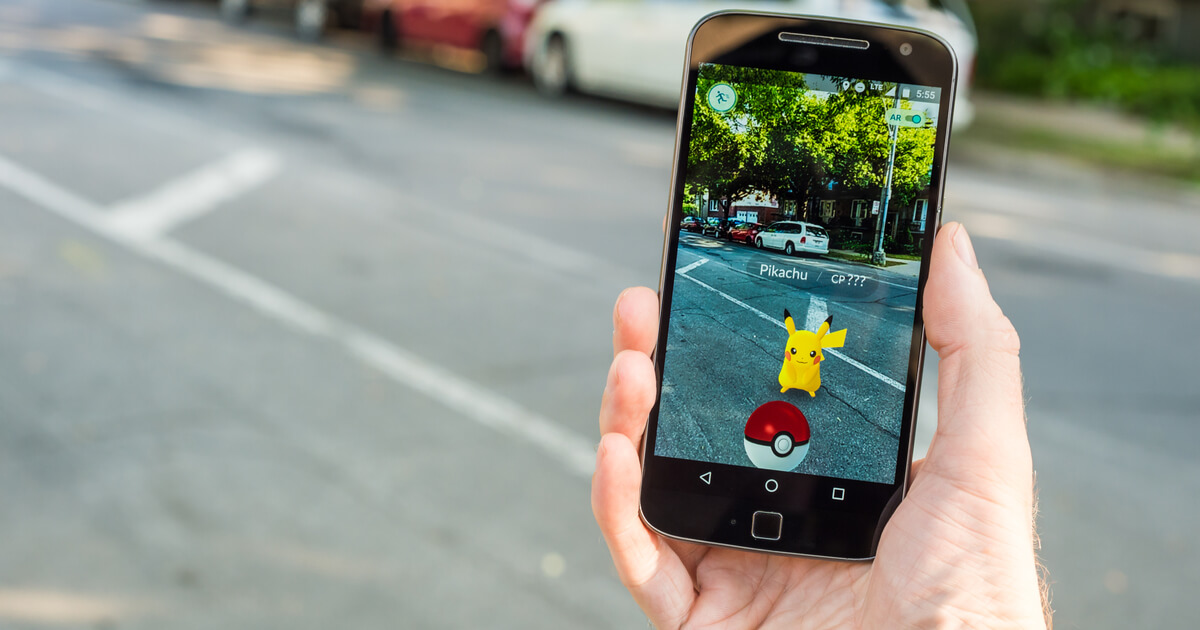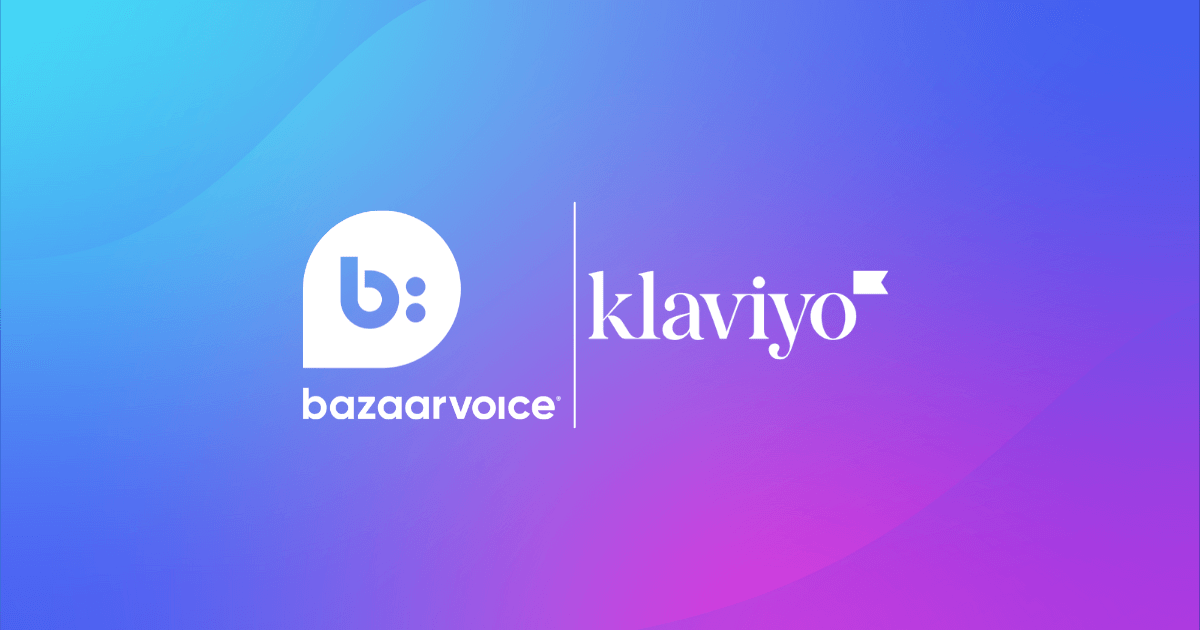February 21, 2022
The Pokemon Go craze of a few years ago may be what springs to mind when you hear about augmented reality. And, it makes sense, as some of the most popular uses so far have been in gaming. But, the technology offers a wealth of benefits for brands and retailers striving to provide shoppers with unique, immersive experiences. That’s why it’s time to begin your augmented reality marketing strategy.
As more and more brands embrace augmented reality marketing, they’re seeing how it can spark an emotional connection with consumers, generate brand buzz, and boost sales. Here’s a look at why it should be part of your marketing strategy, with some of the best uses of the technology.
What is augmented reality?
Augmented reality refers to the technology that superimposes visuals, sounds, and motion over a real-world setup, usually using a smartphone camera. Along with gaming, AR has also been a popular social media tool — think about all those Snapchat filters.
The worldwide AR and mixed-reality market was expected to reach $30.7 billion last year and is projected to grow to $300 billion by 2024. There are currently about 800 million active mobile AR users. So, now is a great time to set your sights on augmented reality marketing.
The advantage of AR marketing is that brands can enhance a consumer’s reality by combining it with virtual, interactive features. For example, furniture brands, like IKEA, have used AR to help shoppers envision how furniture and home goods might look in their living rooms.
During the COVID-19 pandemic, digital shopping and virtual experiences became the go-to for consumers. AR allowed them to virtually try on or test products without having to set foot in a store. With some of these shopping habits permanently altered going forward, AR provides a wealth of possibilities.
Why you need an augmented reality marketing strategy
To put it simply, AR is one of the best tools for interacting with shoppers on mobile devices, which is where people spend a chunk of their time these days. Americans spend nearly three hours a day on their smartphones, posting on social media, communicating with friends, and shopping. Adding AR to your marketing mix will help your brand stand out with these shoppers, both now and in the future.
By 2025, Snapchat estimates that 75% of the world’s population and nearly all smartphone users will use AR frequently. Most consumers use AR because it’s fun and enjoy the technology’s gamification qualities — but 76% want to use AR as a “practical tool” in their daily lives. That’s an opportunity for retailers and brands to seize.
Finding creative, but useful applications for AR will lure these shoppers and keep them coming back.
Brands can see 94% higher conversion rates when consumers interact with products connected to AR experiences, according to Snapchat. What’s more, 63% of online shoppers think AR will improve their shopping experience. Consumers prefer purchasing from sites that feature AR, would shop more if AR were available, and are willing to pay more when they can preview products via AR.
Applications for augmented reality in marketing
Shoppers increasingly want customization and personalization from brands, and AR marketing offers opportunities to deliver memorable experiences. Consumers can learn about your products and visualize how they’ll meet their needs, and brands can gather valuable intel to better understand their customers.
Here’s a closer look at how brands can use AR in their marketing.
Let shoppers try out products virtually
Whether it’s trying on clothing, sampling a new shade of lipstick, or test driving a car, consumers want to try out products before they buy them. And, the try-before-you-buy experience has been a popular use case of AR. The ability to see how a product will look, feel, and meet a shopper’s needs helps them feel confident in making a purchase and often reduces return rates.
Among shoppers who said they were excited to try AR, most viewed the technology as a way to interact with products, and 85% are more likely to choose brands that give them an option to ensure a perfect fit, according to a survey by Wool & Water.
Beauty retailer Sephora’s Virtual Artist tool has been hit with shoppers looking for the perfect shade of eyeshadow or wondering how false eyelashes might look. The mobile app uses AR and facial recognition to let shoppers try and compare products before deciding what to buy.
Fashion brand ASOS’s See My Fit uses AR to showcase how different clothing items fit on different-sized models. The experience has helped drive sales, as shoppers have a realistic view of how clothing looks on different body types.
Give consumers the opportunity to visualize products in their space
No one wants to order a bulky sofa only to realize it doesn’t fit in the living or go to the trouble of painting a room a color that looks odd in a home’s natural light. You can measure furniture and order paint samples, of course. A better option is to virtually see how products look in your real-life space before purchasing, and several brands use AR to help their shoppers do just that.
Bazaarvoice client Home Depot offers a Project Color app, where consumers can snap photos of their room and swap out paint colors to see what works best. The tool includes a “match it” feature that matches a paint color to a pillow or rug. Consumers can also order the paint right from the app, eliminating the need to visit a store to pick up paint samples and possibly giving up on the DIY project.
Target’s See It In Your Space tool uses AR to help shoppers visualize how furniture and other housewares items look in their homes. Consumers can upload photos of different rooms in their homes and place products around to see how they look.

Using AR to help consumers visualize a product in real life makes shopping much more convenient, speeds up purchase decision-making, and helps shoppers feel confident that a product will truly meet their needs. This increases sales and decreases costly returns.
Create immersive and personalized experiences
Consumers demand personalization these days, and the brands that deliver on that stand the best chance of building loyal relationships. 71% of consumers expect companies to offer personalized interactions, and 76% get frustrated when brands don’t deliver, according to a McKinsey & Co. report.
AR is a great tool for creating personalized—but also immersive and memorable—experiences. Enabling shoppers to try out makeup looks or visualize how their room looks painted a different color are personalized experiences, of course. But brands are starting to take it to the next level and seeing better business and customer outcomes.
Ticket broker StubHub, for example, created an AR app that let users view a 3D display of the Super Bowl stadium a few years ago. Football fans could scope out how the field would look from their seats before purchasing them.
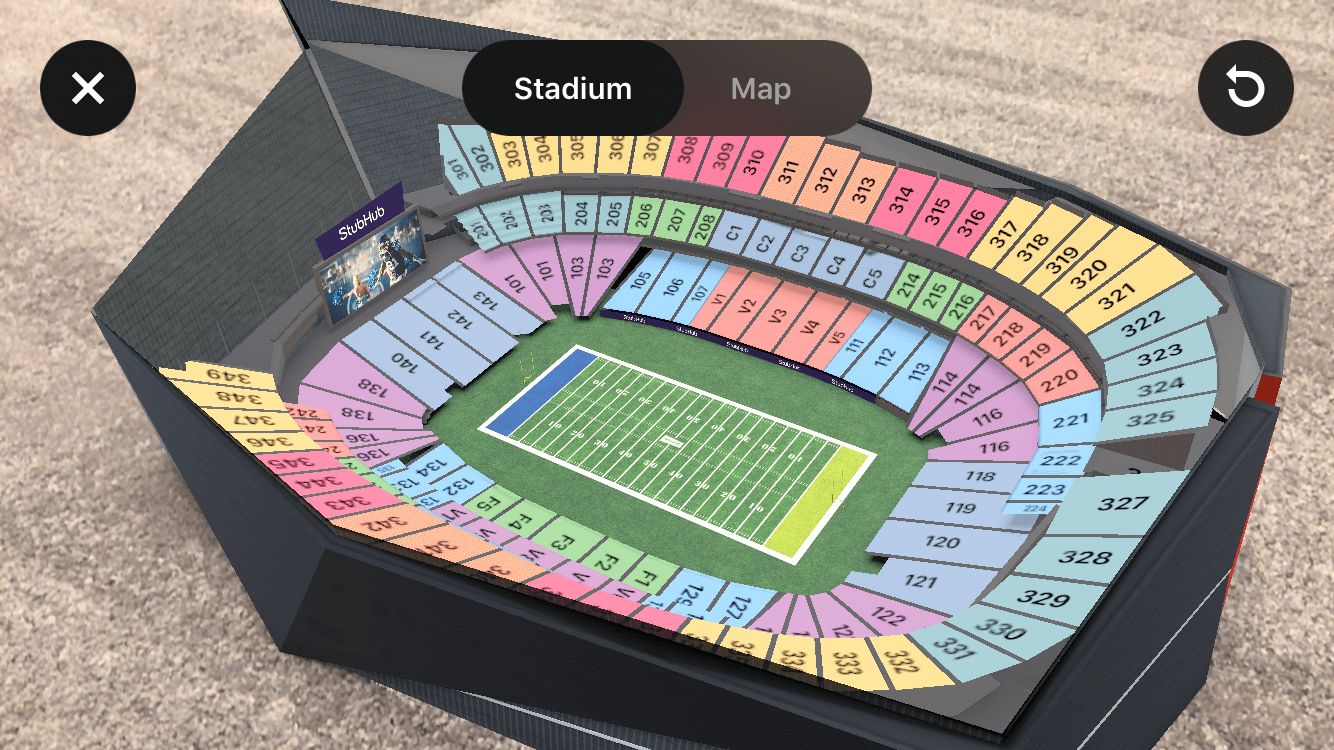
Pepsi debuted an AR experience at a London bus shelter that featured UFOs and lions popping out. The ad campaign didn’t directly advertise Pepsi products but provided a memorable experience that got people talking and created brand buzz. A video of the experience racked up tens of millions of YouTube views.
Drive consumers to your social media channels
Shoppers enjoy interacting with their favorite brands on social media. 57% of consumers are willing to spend more with the brands they feel connected to, and 76% will buy from them over similar brands, according to Sprout Social. AR is one way brands can build authentic connections with their fans on social media.
A good example of this is the virtual pair of sneakers Gucci released last year. Shoppers could purchase the digital-only footwear from the brand’s app and wear the colorful shoes in social media photos, which they could then share with their friends. Giving consumers access to a luxury item to show off online helped deepen Gucci’s connections with its fans.
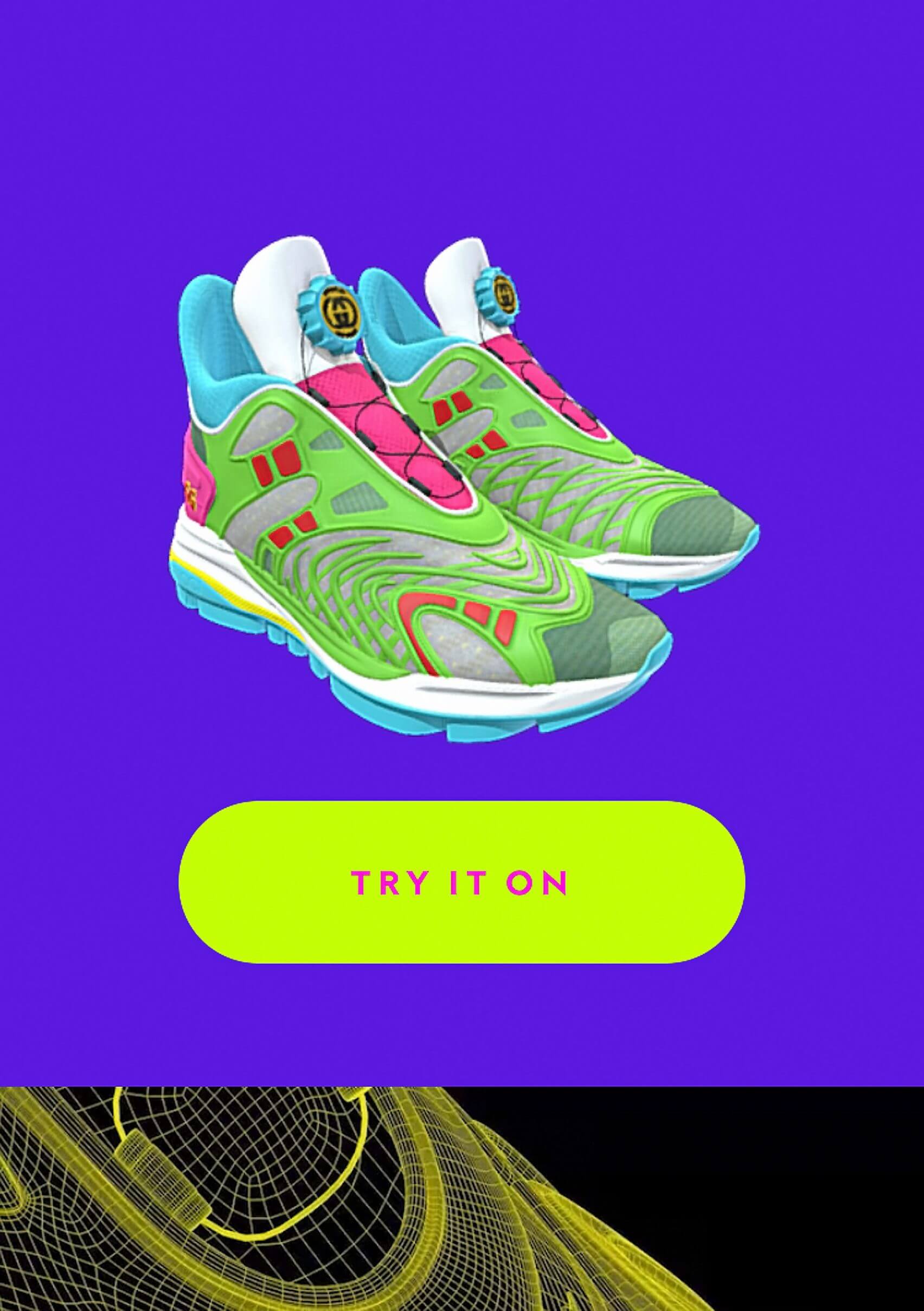
Other brands have used AR to direct consumers to their social media channels, by using entertaining branded filters on Instagram or Snapchat. For example, Netflix has used AR filters to promote new shows like “Stranger Things.” Taco Bell added an AR feature to some of its product packaging, which consumers could scan to see product-related social media content. The technology helped both brands build a sense of community among its customers.
Entice shoppers to visit in-person events
Augmented reality marketing also enables brands to blend in-store and online experiences and create something memorable and buzzworthy. The tool can be used to create pop-up shopping experiences, preview new products, or inspire social media engagement.
Burberry recently launched a pop-up AR experience at Harrods in London for the debut of its new Olympia bag. Shoppers could scan a QR code in the store and watch an animated statue walk around nearby—snap a photo or video to share on social media. By blending digital and physical interactions, the brand created a memorable, immersive experience.
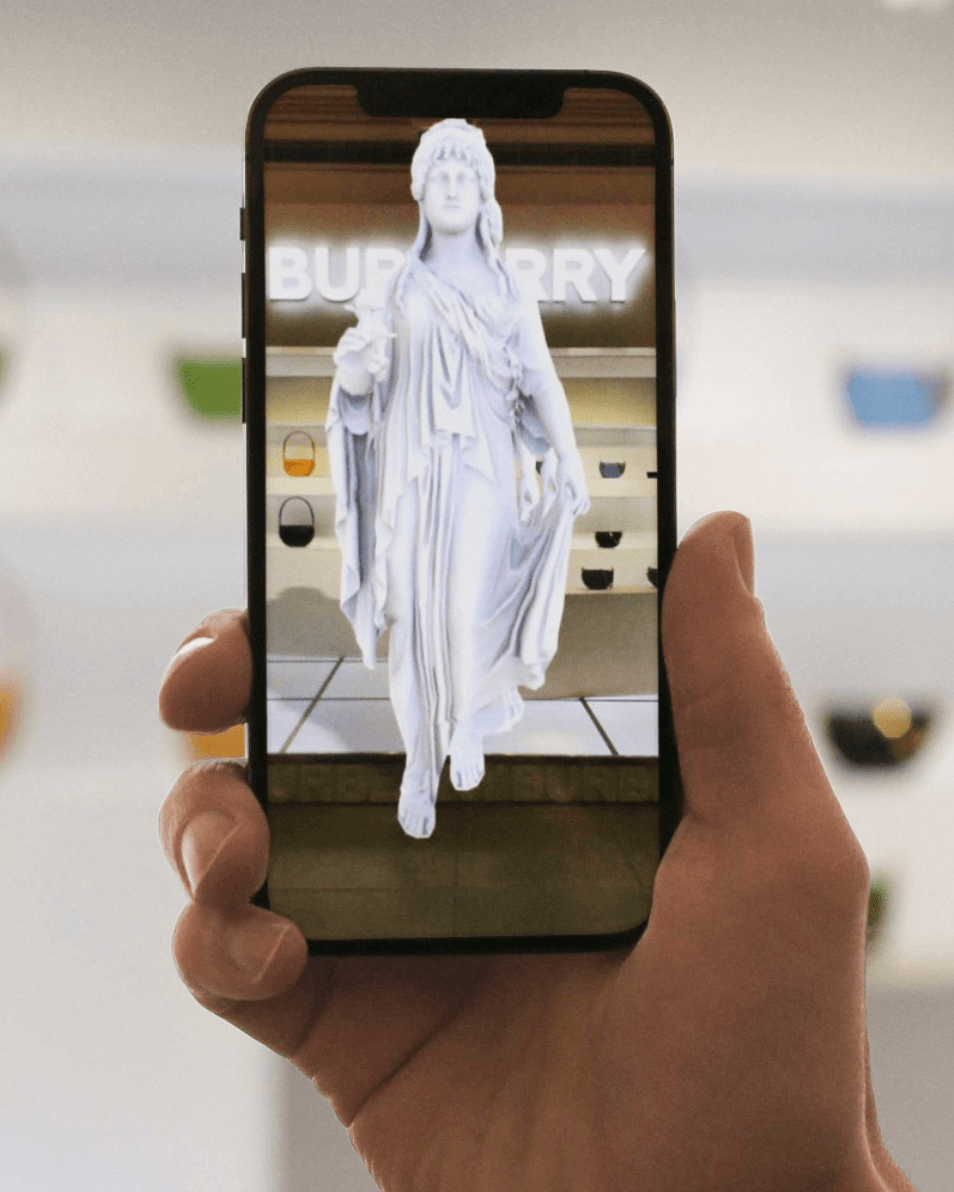
In this vein, AR will likely play a key role post-pandemic in attracting online shoppers back to brick-and-mortar retail. While shoppers have visited retailers less often since the COVID-19 outbreak, a recent YouGov poll found that 57% were excited to return to physical stores more often. Creating AR experiences is one way that brands can entice shoppers to come back.
Gather user-generated content
AR enables many instances for consumers to snap photos of products in real-world settings or images that include branded filters. This is a great way to generate and collect user-generated content (UGC).
Shoppers view UGC as more authentic and trustworthy than professionally produced imagery. That’s because UGC features real people using products in real life. So, be on the lookout for branded AR-generated visual content that consumers post on social media—and share it on your social media channels and on product pages. This lets brands showcase how innovative they are.
Visual content helps consumers shop with confidence. When visitors interact with images displayed with Bazaarvoice Galleries, we see conversion rates jump 150%. Shoppers also spend more time on sites with visual UGC and buy more products.
Give your marketing strategy a boost with AR
AR isn’t just for video games. It wields tremendous power in marketing, too. AR is here to stay and the door is wide open for brands to fully realize its potential for offering the highly personalized experiences that consumers crave and fostering deep, memorable connections. Finding ways to creatively incorporate augmented reality into your marketing strategy will future-proof your business, and ensure continued revenue.

